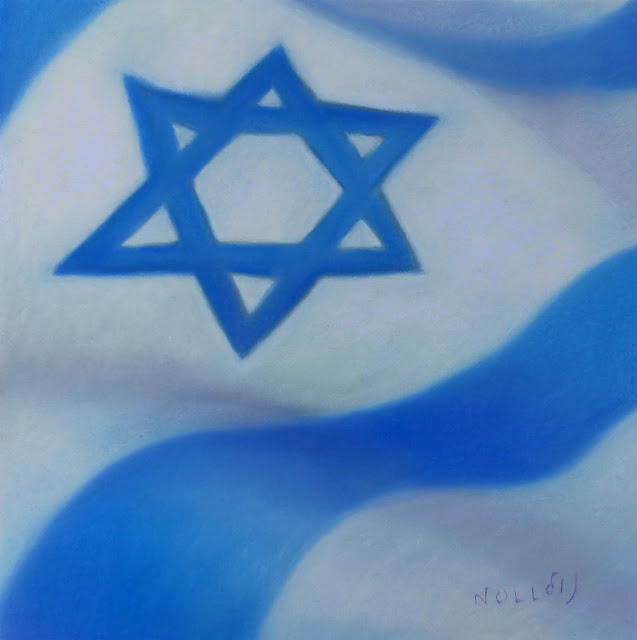Old Woman, Young Woman
A written response to the reading of The Story of an Hour by Kate Chopin
We are ever entwined
within the building of our own, widespread realities, if only to communicate
our inner worlds outwardly with the distant reality we face-across from daily.
I become; confused, every day, by the attempt to communicate, and to which ques
received to decide upon towards action and reverie. Our story opens with the
wraith of a beauty hidden and desirably unknown. She is cloistered but
relenting, as news unfolds of the most catastrophic epiphany granting both
freedom from life and in it, from which we are in unawares, gray, still, from
ignorance-stillborn and unfolding. We feel for the young woman, the wraith, but
can’t feel her sorrow from the words we read. Each word escapes into clarity,
read with interest, but never known till sound escapes and is gotten, meantime
her cries. Sobbing in joy, like an infant in sleep, we feel for her laughter so
dare stop … think. Each word that she utters is coated and hollow, each
utterance waivers and lands silence-screaming, the air unable to release, the
thoughts contained fermenting into vaporous confusion between two worlds
written.
On the second reading of
The Story of an Hour, Mrs. Mallard’s joy throughout is witnessed by the play we
endure. We are grown plummeting into darkness by it. The first reading was
sane, by the same antonym-standards, allowing us to adhere to the cultural
norms, to our standard response of witnessing our everyday. We allow for
ourselves to be connected and communicating, as if we were all the same and
that it was all part of the plan built for us to build again. We are falling
down together, watching the sides of it as we descend. It all seems normal, as
if grief was a gift, but the present is illusive and we fall more, fly lower,
to seek what we find. And, by the third paragraph we are introduced to the old
woman, the hag:
"She did not hear the
story as many women have heard the same, with paralysed inability to accept its
significance. She wept at once, with sudden wild abandonment, in her sister's
arms. When the storm of grief had spent itself, she went away to her room
alone."
But this is only wordplay,
as what is revealed recedes into query, and back to the unknown. We feel for
the woman, we feel for the hag, and she flips back once again to the wraith,
the beauty, and inevitably invokes an apparition of the oppressed. Almost every
line fine from here to there; the end, it invokes an expression of joy, and of
relief. We see the hag, but feel for the wraith. We have become; we accept our
fates and attempt to quantify it, to justify it, and then we lust after it. We
want the reality we perceive, the place we see, to be real, to light up our
way, and to become our beckoning self. It’s an act; the ambiguity is real, like
the image of a young beauty with a hag hanging from her lapel. Near the end,
when the image flips back, once again, she is caught in a quiver, the place
between when the hag hovers, and the wraith repels. Inside the seam of this
transformation, a scream is once again smoke. The message is, almost; but, the lines
clear and are spoken well:
"She knew that she
would weep again when she saw the kind, tender hands folded in death; the face
that had never looked save with love upon her, fixed and gray and dead."










